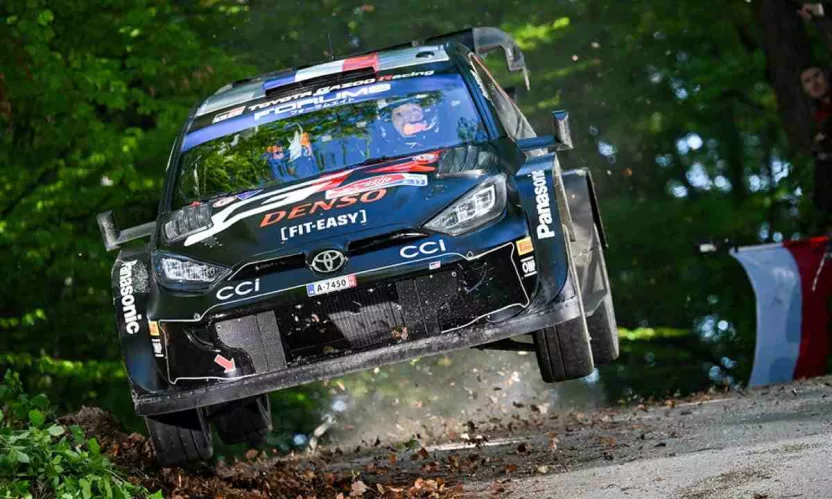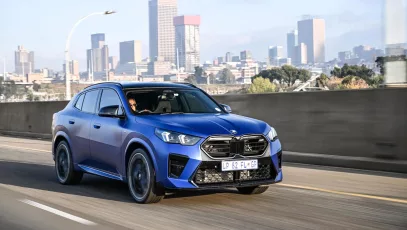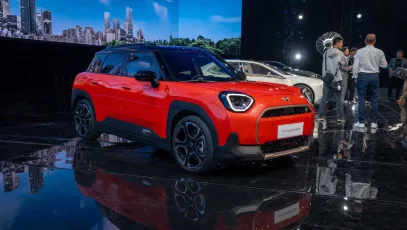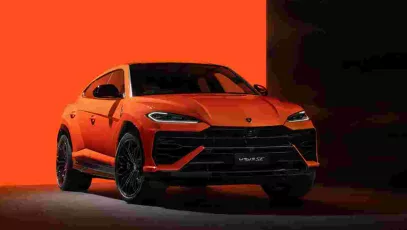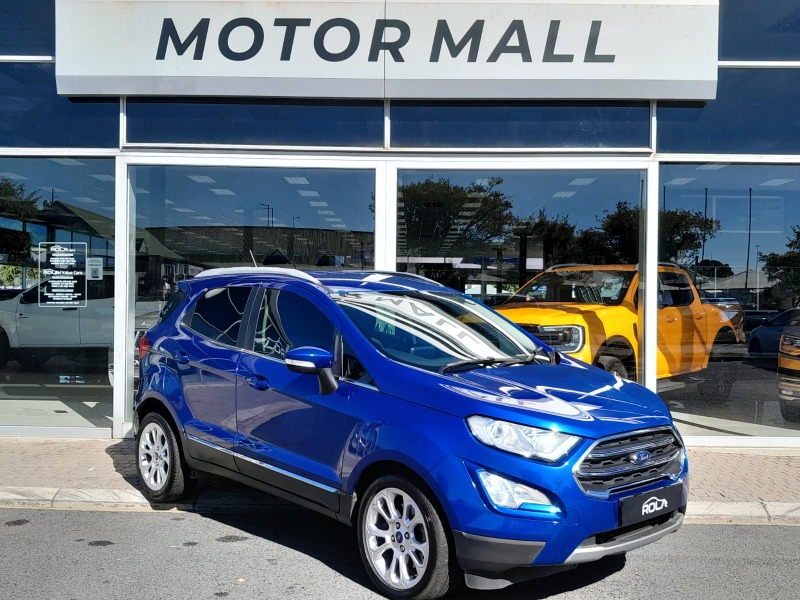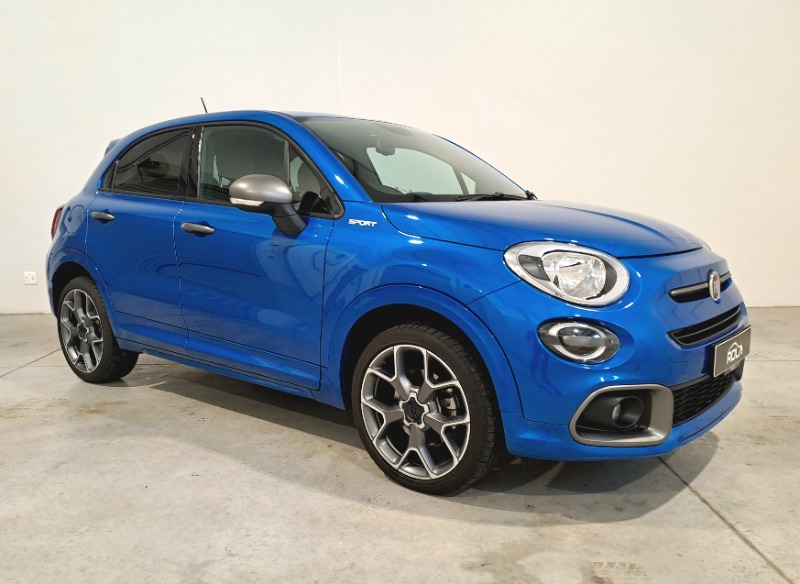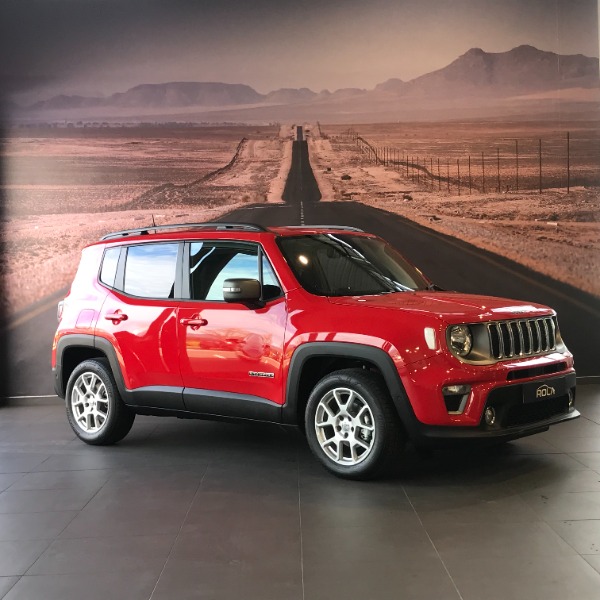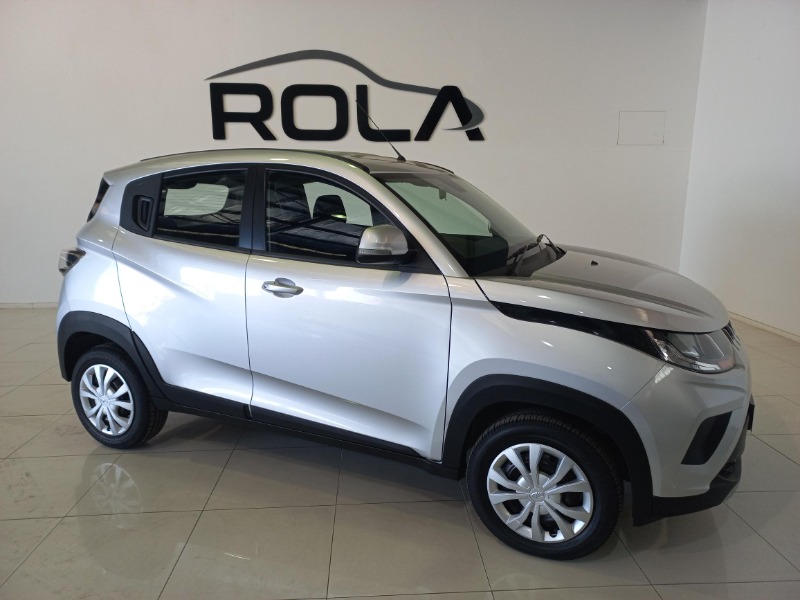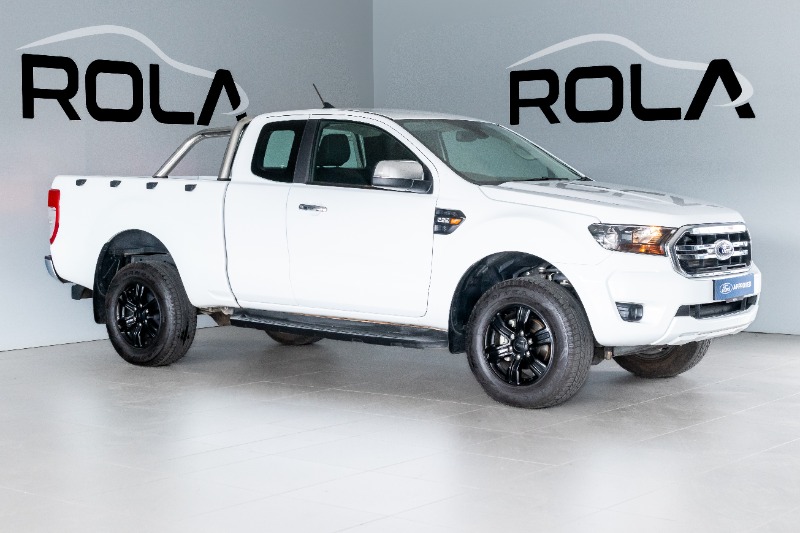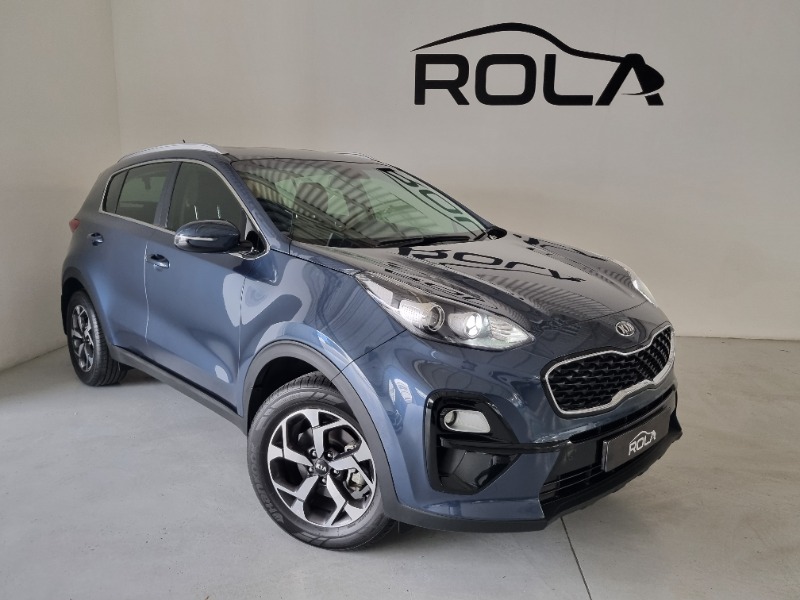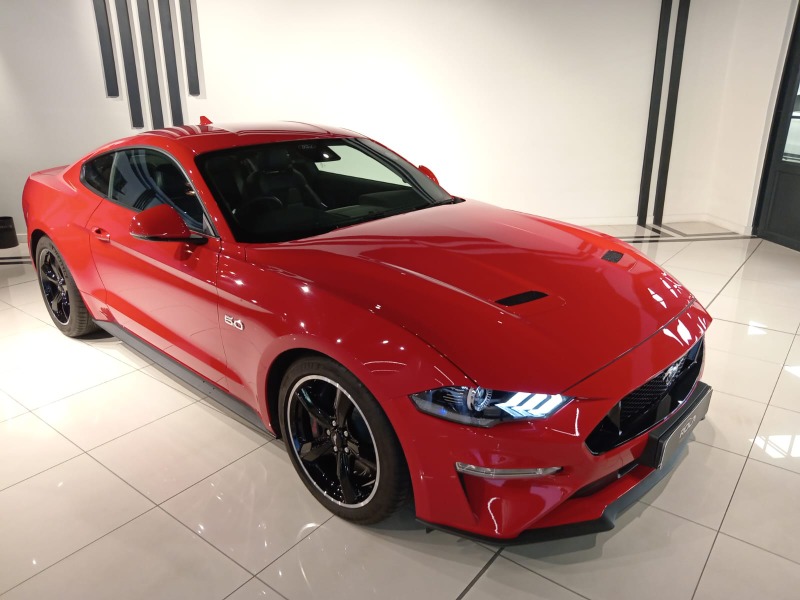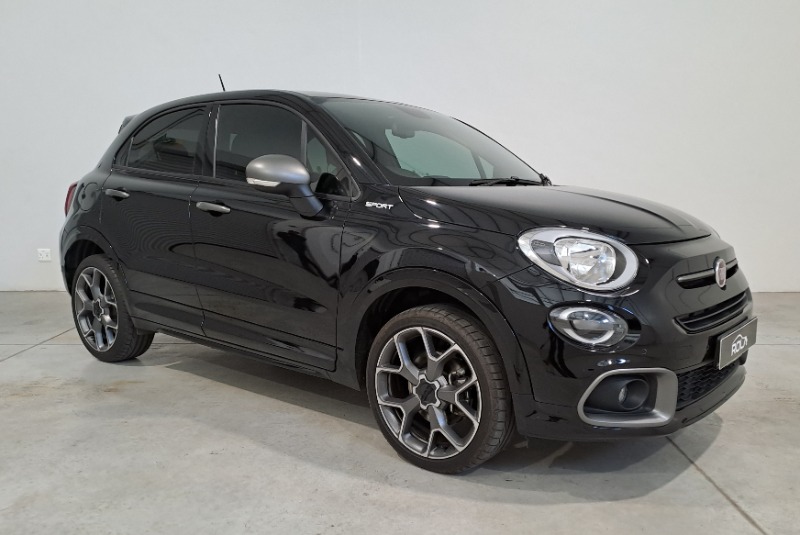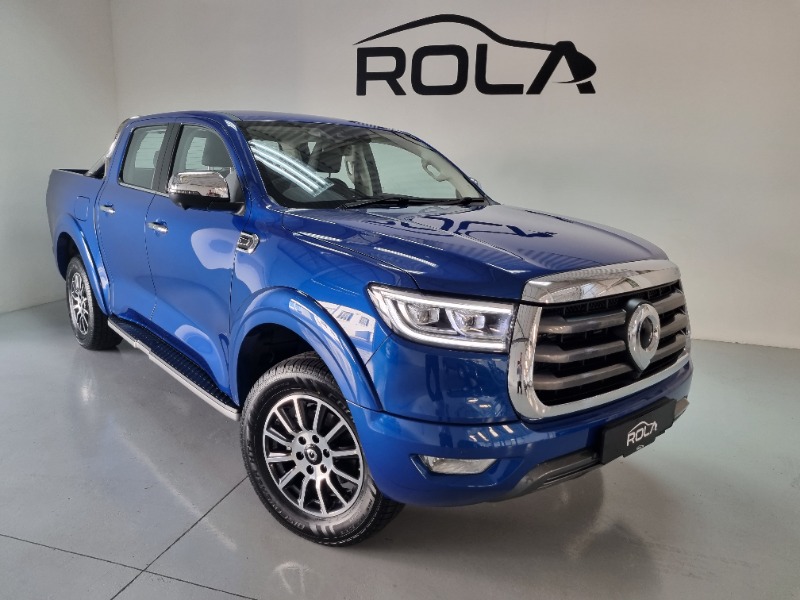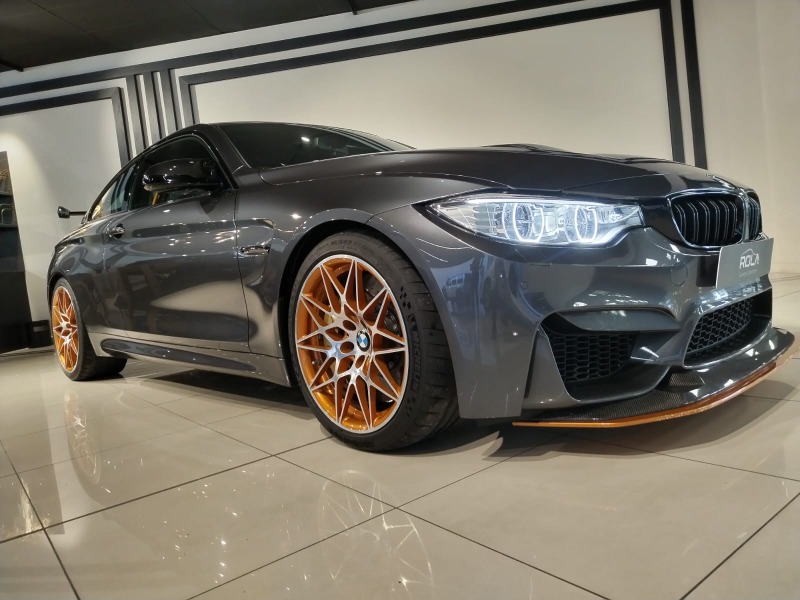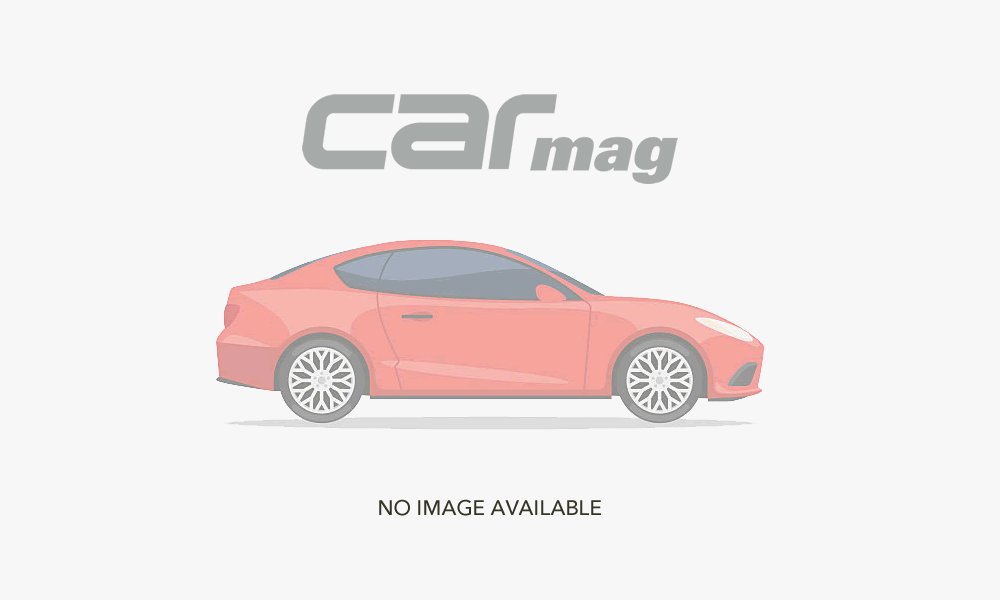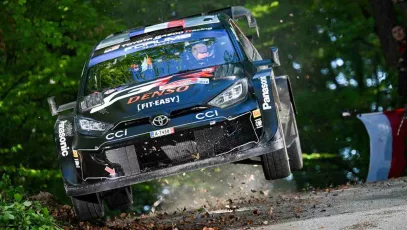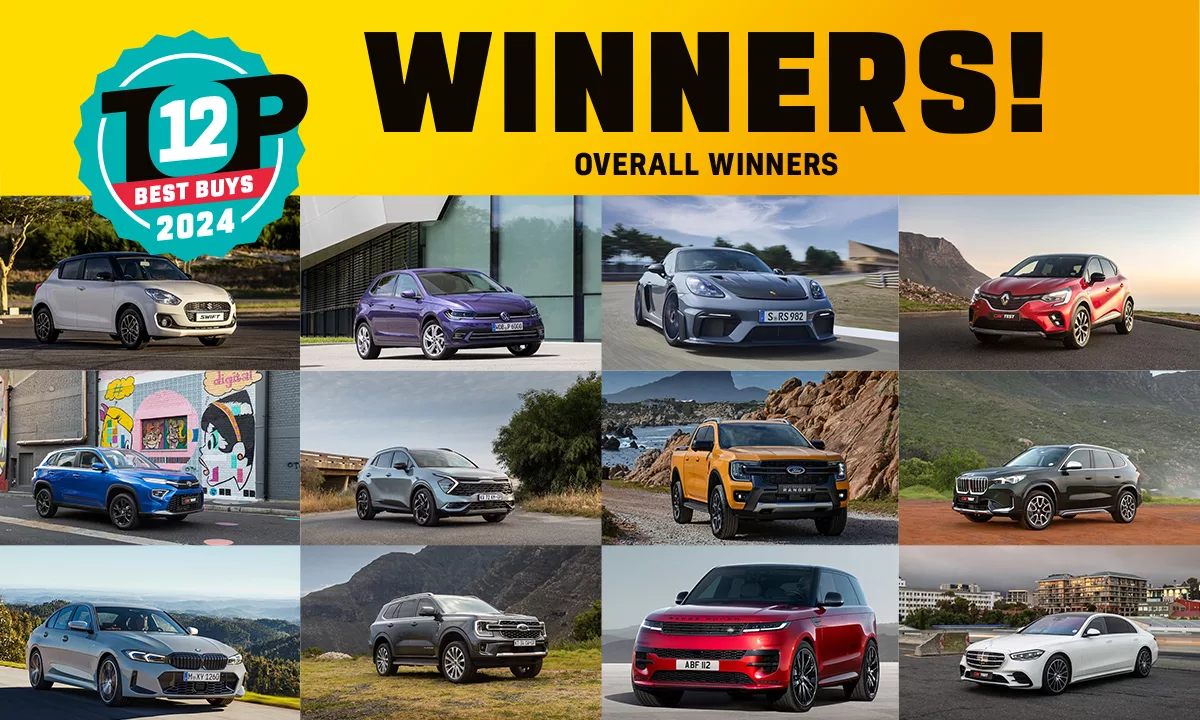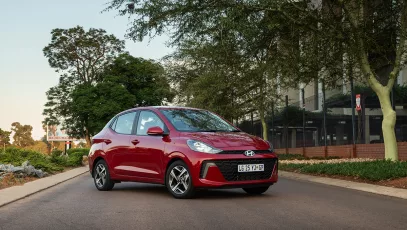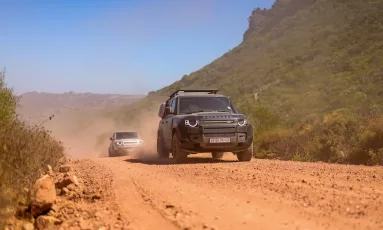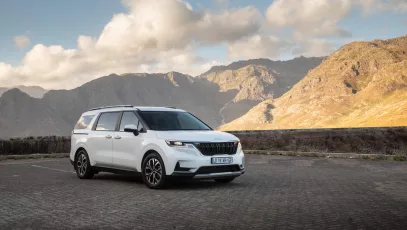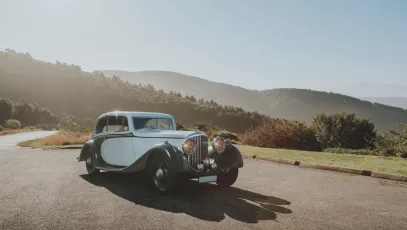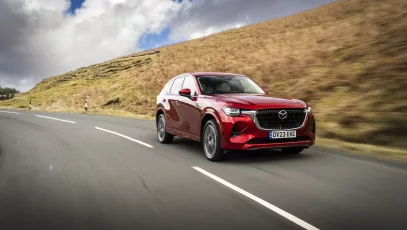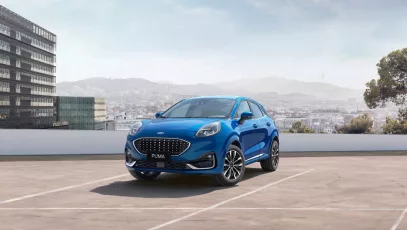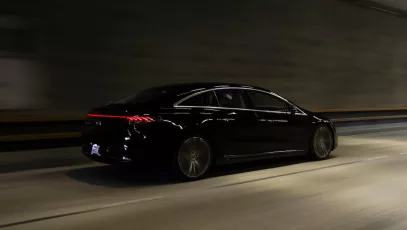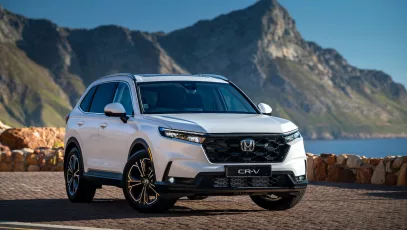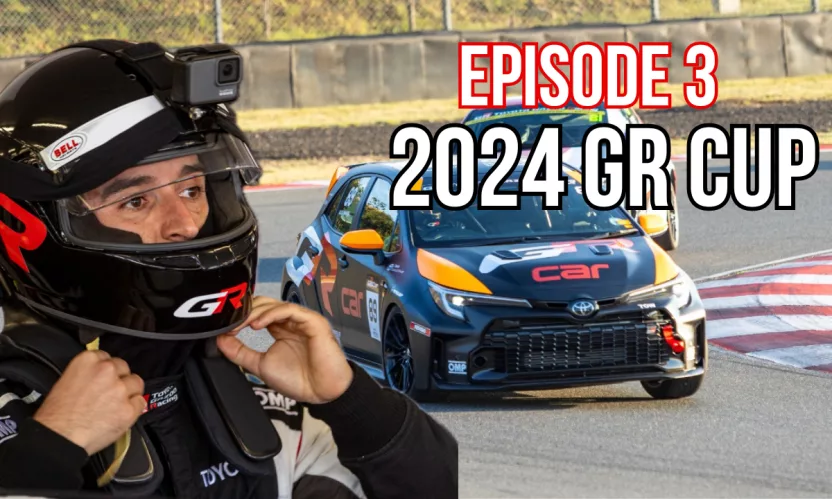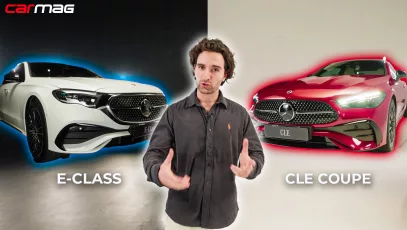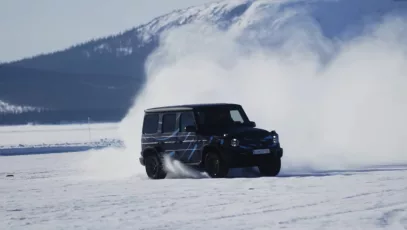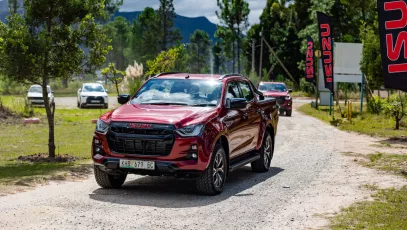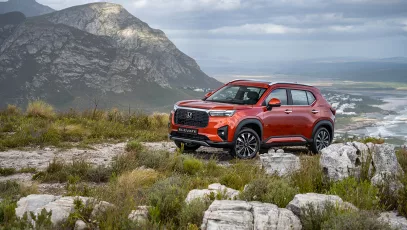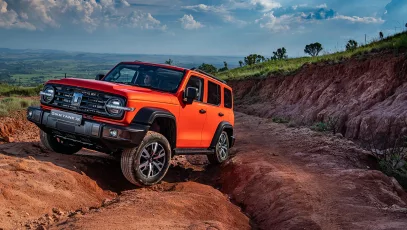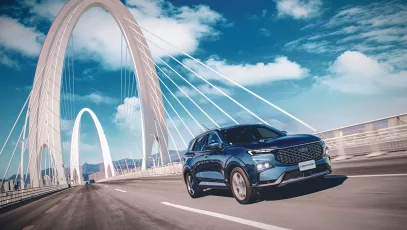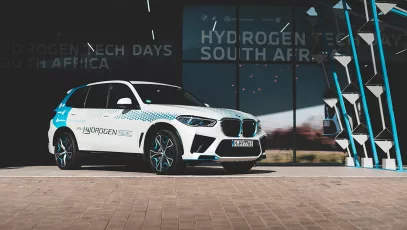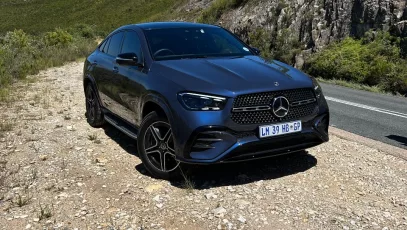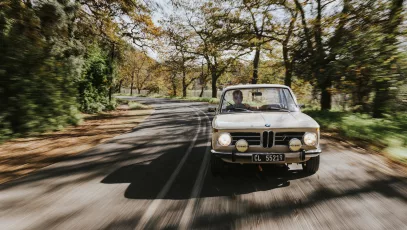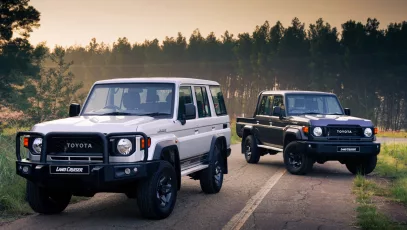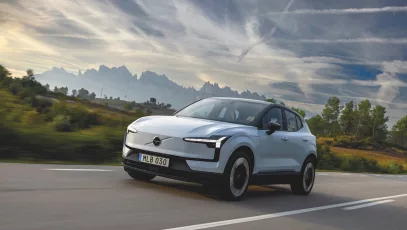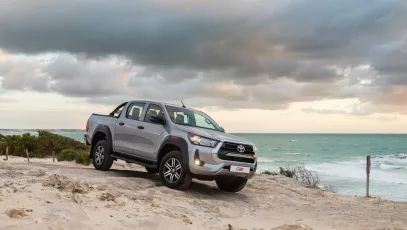New Models
Review: The All-New BMW X2
In its sophomore outing, the BMW X2 emerges revamped and reinvigorated, boasting a complete transfor...
New Models
Mini’s All-Electric Aceman Debuts in China
Slotting between the Cooper and the Countryman, Mini has now debuted the all-electric Aceman. Here a...
New Models
Electrified Lamborghini Urus SE Revealed with 588 kW!
Plug-in-hybrid honours have been bestowed for the first time on a Lamborghini with the Urus SE recei...
X
New & Used Cars For Sale
see all
R 219 900
R 4 672 p/m
2019 FORD ECOSPORT 1.0 ECOBOOST TITANIUM
USED Car # RM002|USED|30MAL64239 123 619 km • Manual
R 339 900
R 7 222 p/m
2022 FIAT 500X 1.4T SPORT DDCT
USED Car # RM008|DF|90UFA68551 12 413 km • Automatic
R 399 900
R 8 497 p/m
2023 JEEP RENEGADE 1.4 TJET LTD DDCT
DEMO Car # RM008|NEWCJD|90DCJ73259 3 000 km • Automatic
R 229 900
R 4 885 p/m
2024 MAHINDRA KUV 100 1.2TD K6+ NXT
DEMO Car # RM022|NEWMAHINDRA|60MAD85983 101 km • Manual
R 479 900
R 10 196 p/m
2023 FORD RANGER 2.2TDCi XLS A/T P/U SUP/CAB
USED Car # RM005|USED|41U0054894 20 881 km • Automatic
R 389 900
R 8 284 p/m
2021 KIA SPORTAGE 2.0 IGNITE + A/T
USED Car # RM024|USED|62UCOA7308 46 000 km • Automatic
R 869 900
R 18 483 p/m
2023 FORD MUSTANG 5.0 GT A/T
USED Car # RM028|USED|62LUX46001 6 985 km • Automatic
R 389 900
R 8 284 p/m
2022 FIAT 500X 1.4T SPORT DDCT
DEMO Car # RM008|NEWFIAT|90DFA68531 12 000 km • Automatic
R 499 900
R 10 621 p/m
2023 GWM STEED P-SERIES 2.0TD LT A/T D/C P/U
USED Car # RM024|USED|62UHA25656 14 000 km • AutomaticTop 12 Best Buys for 2024
